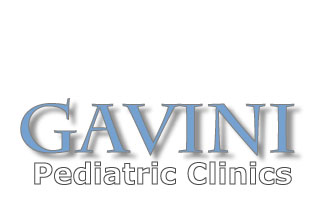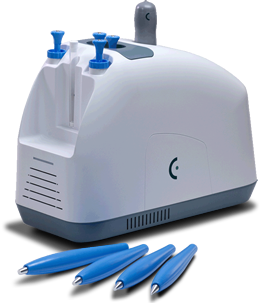

There are several skin lesions that are very common and benign (non‐cancerous). These conditions include moles, freckles, skin tags, benign lentigines, and seborrheic keratoses. Seborrheic keratoses are skin growths that some people get as they age. These skin growths often appear on the back or chest, but they can occur on any part of the body.They grow slowly, and they may appear as single growths or in groups. Seborrheic keratoses does not spread from person to person. These skin growths are common in middle‐aged people, but they can appear as early as the teen years. There is no known way to prevent them.
The treatment depends on the type of lesion. The common treatments are abrasion, cautery with acids and cryo‐treatment.
CryoPen is a state of the art treatment using extreme cold to safely and painlessly destroy unwanted moles, warts, skin tags, keloids and resistant hyperpigmentation. Useing no scalpels or chemicals, CryoPen safely, effectively and comfortably removes warts, moles, skin tags, keloids, presquamous cell carcinoma and other skin lesions. Removal is virtually pain-free with little or no scarring.

Mon: 8am-6pm
Tues-Thurs: 12pm-6pm
Fri: 8am-2pm
Sat: 8am-12pm
26850 Providence Parkway Suite 300
Novi, MI 48374
(248) 348-4200
vgavinimd@yahoo.com